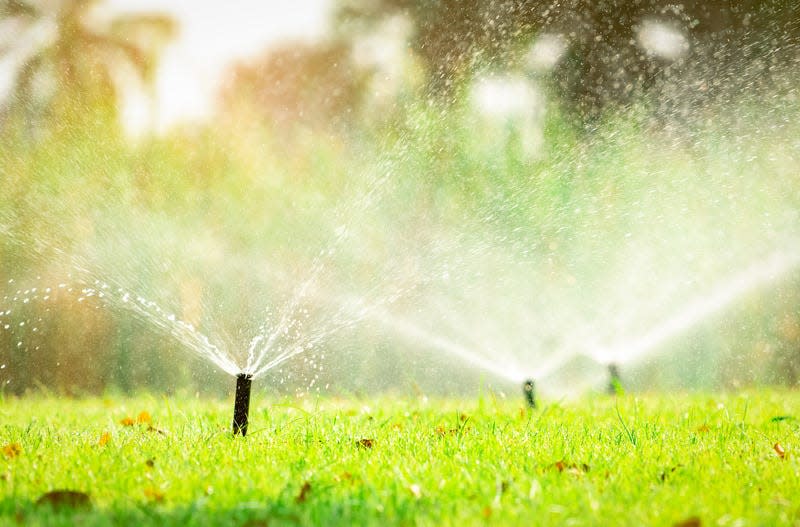Your plants need help to survive this heat wave. Here's what to do
Summer has officially arrived, on the calendar ‒ and the thermometer. For most of the past week, we have been under excessive heat advisories. These extreme temperatures will cause concern for many reasons, including for our gardens and landscapes.
When to water outdoor plants (heat wave version)
First, I would like to remind those of you who tend to fear the worst, that this weather is not out of the ordinary. Our part of the country falls into these extremely hot, and dry weather patterns every summer. Our landscapes are only vulnerable when the extreme heat lasts for an extended period of time and plants are not maintained properly.
I chose the phrase “maintained properly” because our plants cannot be neglected in this extreme heat. You also want to avoid giving your plants too much attention. By too much attention, I mean too much water.
I frequently warn of plants vulnerabilities to over-hydration. Because we get thirsty when it's hot, our instinct as humans is to water our plants more often; this is not always necessary. With heat, we get humidity, and the moisture in the air allows the water in the soil to evaporate more slowly. This is why you should always check the soil before watering. Only water when the soil is dry. This would be true for planting beds as well as containers.
Do sprays and treatments work?
In this excessive heat, you also need to be very careful when using insecticides. Plants are vulnerable to damage if you're using these products when temperatures are above 85 degrees. This would be true of both chemical and natural insecticides. Many of these types of products contain oil as the insecticide which can burn the foliage of the plants.

You also need to avoid using herbicides because they're not effective in temperatures above 85 degrees. The weeds don't absorb and translocate the herbicides in the heat. If you find yourself in a situation where you have to use either herbicides or insecticides, you should do your spraying in the early morning when the temperatures are cooler.
Don't forget the lawn
In this excessive heat, you should also make some adjustments to the way you care for your lawn. First, raise the blade on your mower. When the blades are longer, they are able to retain more moisture. The longer blades will also shade the soil and the roots reducing the exposure to the sun. I recommend your blade be set at three and a half inches or higher.
Remember that lawns are not as fragile as you might think, especially if your lawn is mostly tall fescue. This grass is extremely drought-resistant. Bluegrass and Rye are less tolerant but can go dormant for a period of time before any permanent damage.
If you want to keep your lawn green, you will need to keep it watered with a sprinkler. There are many different kinds to use, putting out different volumes of water. No matter what kind of sprinkler you use, you want to be able to allow it to run for a period of time long enough for the water to deeply penetrate the soil. You want to be able to give it the equivalent of an inch of rain, once a week. You can measure the moisture from the sprinkler with a rain gauge, a metal can or straight-sided cup.
If we find ourselves in true drought conditions, don't ignore the established plants in your landscape. It is very common for people to water the lawn while ignoring the plants in the landscape. Don’t forget about the plants in the landscape. The lawn is easy to repair and grass seed is relatively cheap, but replacing shrubs can get expensive. Established trees are irreplaceable.
This article originally appeared on Cincinnati Enquirer: This heat wave can kill your plants. Tips on how to save the garden

